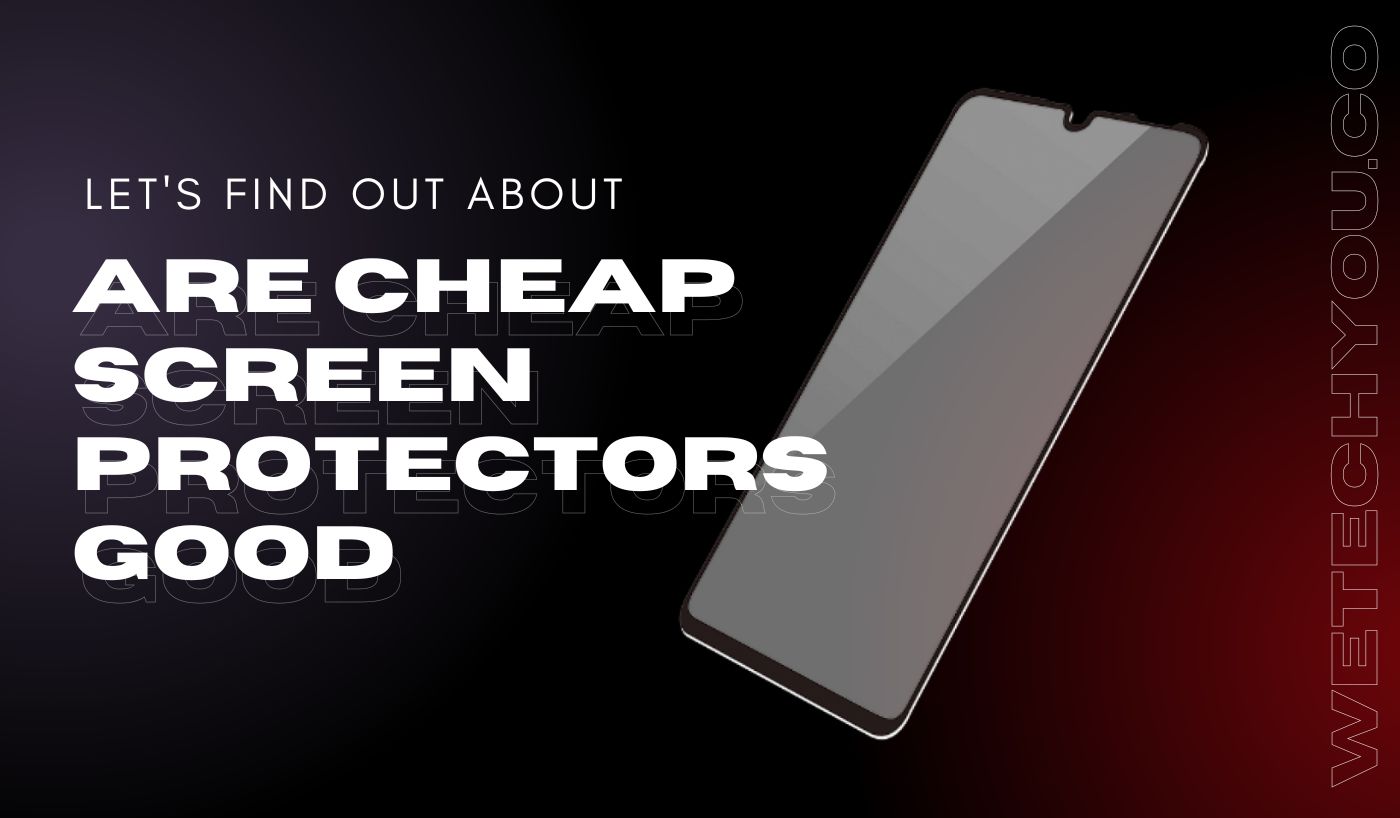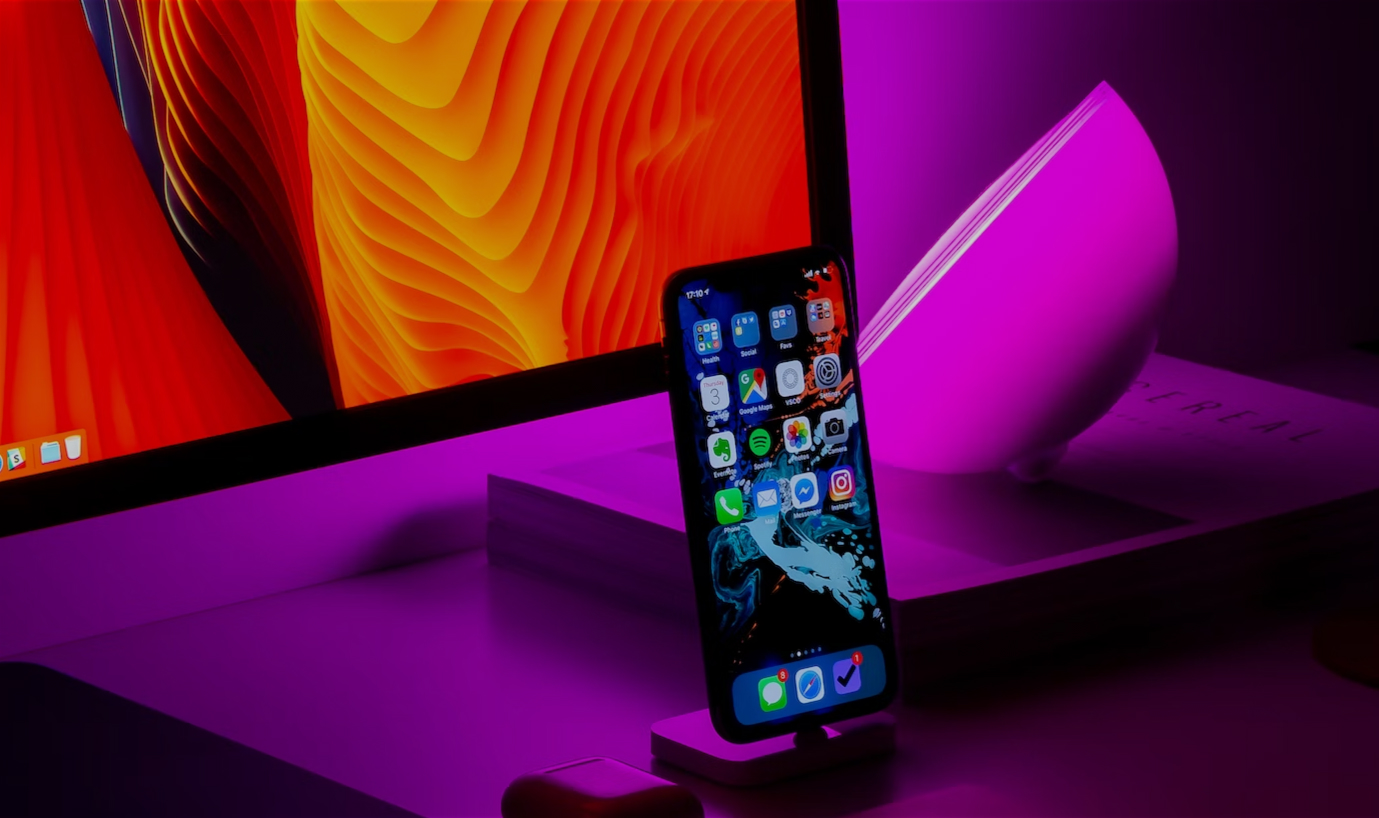In our technologically advanced world, mobile devices have become an integral part of our daily lives. From staying connected with loved ones to managing our schedules and accessing a plethora of information, mobile phones have become indispensable tools. With the ever-increasing reliance on these devices, protecting them from scratches, cracks, and damages has become a top priority for mobile users. This led to the rise in popularity of screen protectors, which function as a protective barrier for the delicate screens of our smartphones.
When it comes to screen protectors, two options dominate the market: plastic and tempered glass. Both materials offer superior protection, but which is genuinely the best choice for your valuable mobile devices? To help answer this question, we will delve deep into the qualities, benefits, and drawbacks of plastic and tempered glass screen protectors, providing you with the necessary knowledge to make an informed decision. Let’s dive in…
An Overview of Screen Protectors
A screen protector is a transparent, thin sheet made of various materials (such as tempered glass or polyurethane) designed to be applied on the surface of electronic device screens, primarily for protection against scratches, smudges, and fingerprints. It acts as a protective layer to safeguard the display of devices like smartphones, tablets, laptops, or even gaming consoles. Screen protectors can also supply impact resistance, preventing cracks or shattering of the screen in case of accidental drops. They are typically adhesive-backed and are available in assorted sizes and shapes to fit specific devices.
Purpose of Screen Protectors
The purpose of screen protectors is to protect the screen of electronic devices such as smartphones, tablets, and laptops from scratches, smudges, and cracks. They are a thin layer of material, typically made of tempered glass or plastic, applied directly onto the screen. Screen protectors function as a barrier between the screen and external elements, offering protection against everyday wear and tear. Additionally, they can also help reduce glare and fingerprints on the screen, enhancing the overall visibility and usability of the device.
Types of Screen Protectors
There are two types of screen protectors. One is a Plastic screen. And Another is Tempered Glass. Let’s discuss the Plastic screen protector:
1. Plastic Screen Protectors
Plastic screen protectors are thin layers of transparent polymer material designed to protect the screen of electronic devices such as smartphones, tablets, and laptops. They are a barrier to prevent scratches, fingerprints, and other damage to the device’s screen. Plastic screen protectors are typically composed of materials like polyethylene terephthalate (PET) or thermoplastic polyurethane (TPU). They are easy to apply and can be cut to fit different device models.
Before the debut of tempered glass screen protectors, there were plastic protectors. The truth is that at a certain point, a plastic screen protector cannot adapt its qualities or features to meet the ever-changing needs of the Smartphone world. There are several reasons why someone might choose plastic screen protectors over other types of protective films or tempered glass protectors:
- Cost-effective: Plastic screen protectors tend to be more budget-friendly compared to tempered glass protectors. They are typically less expensive to manufacture and buy.
- Flexibility: Plastic screen protectors are made of a flexible material that can easily conform to the curved edges of smartphone screens. This makes them more versatile and suitable for a wide range of device models.
- Scratch resistance: Plastic screen protectors are designed to supply a certain level of scratch resistance, helping to protect the original screen from everyday wear and tear. While they may not be as resistant to scratches as tempered glass protectors, they still offer a reasonable level of protection.
- Easy installation: Plastic screen protectors are usually amazingly easy to install. They often come with an adhesive backing that allows for a quick and bubble-free application. Many also come with an installation kit that includes cleaning wipes and dust removal stickers for a hassle-free installation process.
- Thin and lightweight: Plastic screen protectors are thinner and lighter in comparison to tempered glass protectors. This means that they add minimal bulk or weight to the device, preserving the slim profile and overall feel of the phone.
2. Tempered Screen Protectors
Tempered glass screen protectors, on the other hand, are made of multiple layers of tempered glass that undergo a heating and cooling process to enhance their strength and durability. They are coated with a silicone adhesive on one side to attach securely to the screen. Tempered glass protectors present increased protection against scratches, cracks, and even effects, making them more resistant to damage than plastic protectors. They also generally offer better touch sensitivity and support the device’s original screen clarity, supplying a more seamless user experience.
There are several reasons why you may want to choose tempered glass screen protectors:
- Protection: Tempered glass screen protectors are thicker and stronger than traditional plastic protectors, supplying a higher level of protection against scratches, cracks, and other damage. They are designed to absorb impact and prevent damage to your device’s screen.
- Clarity: Tempered glass screen protectors are highly transparent, ensuring that you still enjoy the full clarity and brightness of your device’s screen. They are also coated to resist fingerprints and smudges, keeping your screen looking clean and clear.
- Touch sensitivity: Tempered glass screen protectors keep the sensitivity of your touchscreen, allowing you to easily navigate and interact with your device.
- Easy installation: Most tempered glass screen protectors come with an adhesive backing that makes installation quick and hassle-free. They are often designed to fit perfectly on your device’s screen, supplying full coverage and a seamless look.
- Durability: Tempered glass screen protectors are made from high-quality materials that are resistant to scratches and cracks. They are designed to last, offering long-term protection for your device.
Overall, tempered glass screen protectors supply a superior level of protection and clarity for your device’s screen, making them a popular choice among users.
Plastic Vs. Tempered Glass Screen Protectors
Plastic and tempered glass are two common materials used for various applications, including windows, phone screens, and safety goggles. Here is a tabular comparison between plastic and tempered glass:
| Criteria | Plastic | Tempered Glass |
| Durability | Less durable than glass | More durable than plastic |
| Scratch Resistance | Prone to scratches | Highly scratch-resistant |
| Impact Resistance | Less impact-resistant | Highly impact-resistant |
| Transparency | Can be less clear or transparent | Clear and transparent |
| Heat Resistance | Can melt or deform at elevated temperatures | Can withstand hot temperatures. |
| Weight | Lightweight | Heavier than plastic |
| Cost | Cheaper | Can be more expensive |
| Fall Protection | Excellent | Good |
| Thickness | Thick | Thin |
| Structure | Smooth | Rough |
Note: The comparison is based on general properties and characteristics. The actual performance may vary depending on the specific type and quality of plastic or tempered glass used.
Wrapping It Up!
In conclusion, the battle between plastic and tempered glass screen protectors for mobile devices has been closely scrutinized. Through extensive research, tempered glass is preferable in terms of durability, clarity, and overall protection. It offers superior resistance against scratches, shatters, and fingerprints while keeping touch sensitivity. The ability of tempered glass protectors to evenly distribute impact across the surface ensures the safety of your device.
On the other hand, plastic protectors may supply a budget-friendly way, but they lack the robustness and longevity of tempered glass. Ultimately, investing in a tempered glass screen protector is the wisest decision to not only safeguard your mobile but also supply an enhanced user experience.




